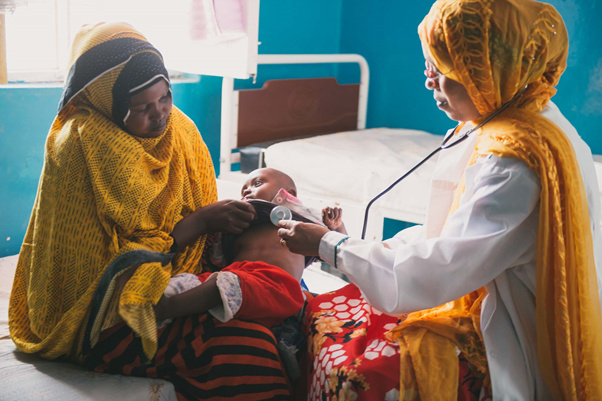
The looming conflict in South Sudan in the recent past has had a devastating impact on the health system. This has poised many risks for outbreaks of communicable diseases. Further, the country has experienced repeated cholera outbreaks between 2014-2016. In 2018, it was unfortunate to confirm outbreaks of measles, rubella, hepatitis E, Rift Valley Fever, Yellow fever and malaria and ebola virus disease (EVD) due to the proximity to the outbreak in DR Congo.
In strengthening the detection and response to outbreaks of epidemic-prone diseases, South Sudan prioritized Integrated Disease Surveillance and Response (IDSR) as an overarching strategy to govern this work.
DHIS2 was selected to replace DHIS1.4 as part of the wider Health Information Management strategy in the country. It began being rolled out in February 2019 in health facility levels to support the management of other primary health care services and management data.
EWARS-in-a-box is a also another field- based information system specifically designed to support disease surveillance and response in emergencies. It has been in use in South Sudan since 2015 whilst having a national coverage and county level. Having been rolled out to health facility level, its anticipated completion date was end of May 2019.
In ensuring that the national strategy has been support in 2019, EWARS and DHIS2 will both be functional at health facility level on a national scale. The implementation of both systems has to be done to be closely interoperable so that IDSR data can be visualized and managed alongside other health information in the country as part of the wider HMIS strategy.
It is important to note an underlying principle is that the frontline stall in health facilities only enter data once to avoid duplication or parallel reporting. Other areas of collaboration include sharing of resources& infrastructure, data& metadata and training& monitoring and supervision.
It would be good to see how DHIS2 will work alongside other field- level information systems in emergencies. A remote and challenging environment as South Sudan requires systems to work together in scale in support of a common HMIS strategy.
Picture photo credit: PSI media library